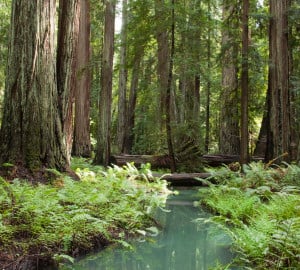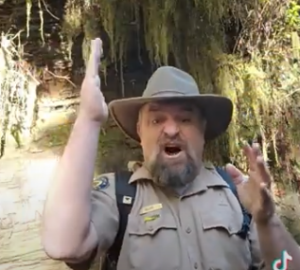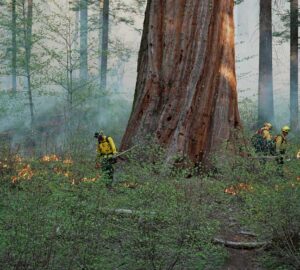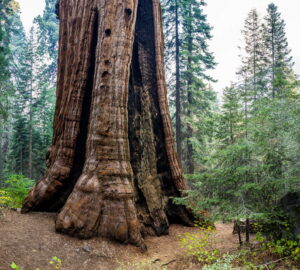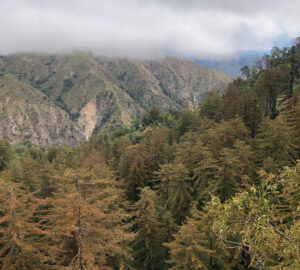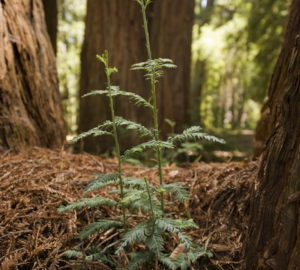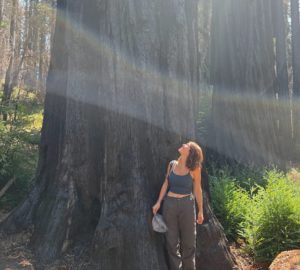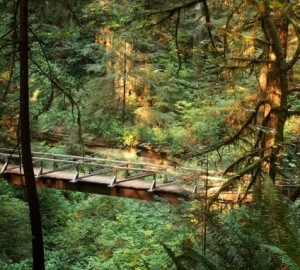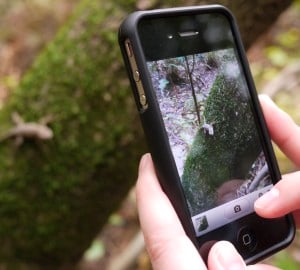
Countless volunteers contribute scientific observations every day to community science projects around the world, and until recently, their contributions have gone largely unrecognized. A new study by Cornell University looked at how many research papers on climate change and birds actually use data sourced by avid birders who volunteer their time and observations to build massive datasets that scientists alone do not have the time or resources to create.
Their results show that up to 77% of papers published over the last decades (173 papers evaluated) on climate changed-induced impacts on bird migration draw data from sources like eBird, the Great Backyard Bird Count, and Christmas Bird Count. Interestingly, none of the papers evaluated explicitly say the data was derived from community science efforts and only 21% even mention the role of volunteers. Why are the authors so shy to give credit where credit is due?!
To me, this study speaks to the incredible need to continue community science projects because they are critical to learning about the planet in a rapidly changing environment, and the volunteer contributions are significantly pushing the research field ahead. What is also clear, is that scientists need to welcome more volunteer participation in their research and have confidence that this effort will improve the scope of the science and not limit it. Then, we need to shout a huge THANK YOU from the rooftops to community scientists everywhere!
Get involved in tracking plants and wildlife through Redwood Watch and help us learn how to better protect the redwood forest as climate changes.

